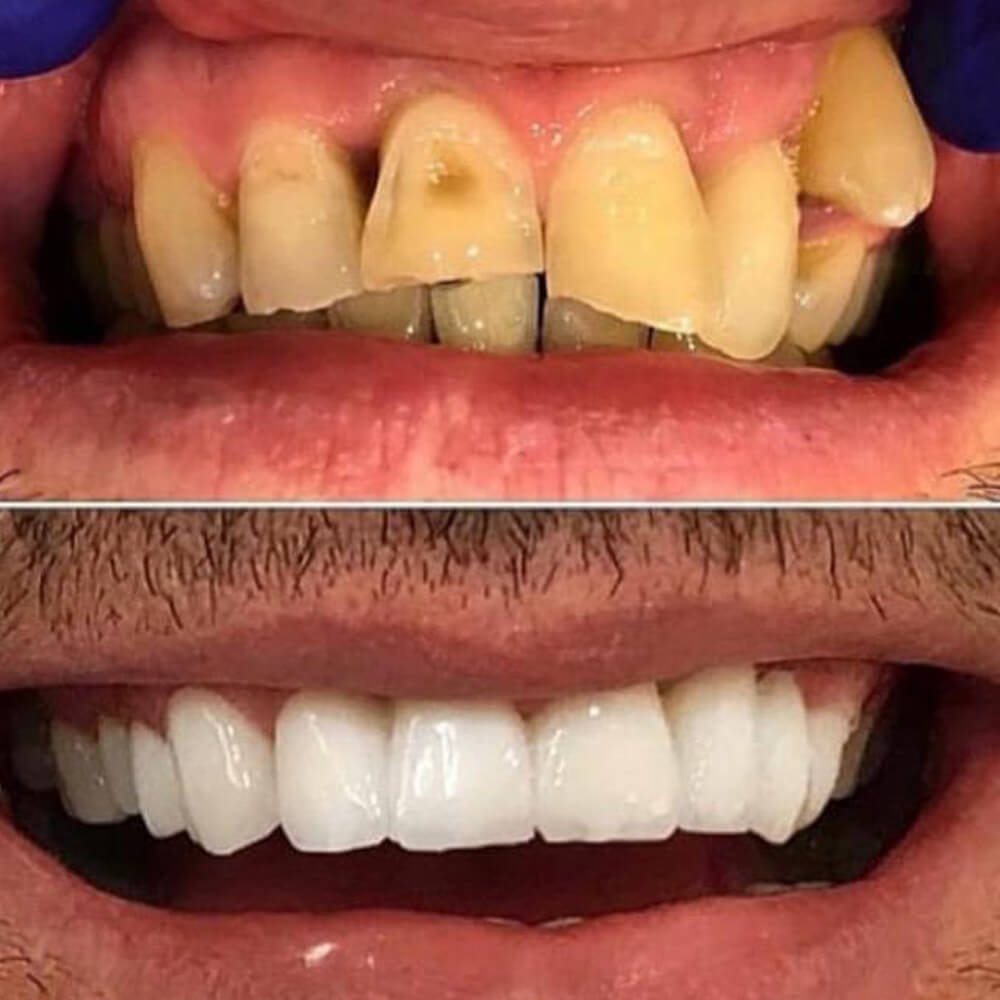Toll Free Call Center:
What is a dental aesthetics?
Dental aesthetics is a branch of dentistry that aims to improve the aesthetic appearance of the teeth in line with the wishes of the person. It differs from traditional dental treatment, which is usually done to improve functionality, and the focus is on improving the appearance of the teeth. The aim of dental aesthetics is to improve the color, size, shape and arrangement of the teeth. Aesthetic dental includes cosmetic dental treatments that are applied to improve a person’s appearance and straighten their teeth in a more aesthetic way. Gingival aesthetics and dental aesthetics are different concepts. While dental aesthetics is about the teeth themselves, gingival aesthetics is about the appearance and health of the gums.
How is Tooth Aesthetics Performed?
Dental aesthetics is an application that includes various dental procedures aimed at improving the appearance of individuals’ smiles and teeth. These applications are performed to eliminate aesthetic structure and intraoral problems, and after the application, the person’s teeth and tooth structure have a more aesthetic appearance. Dental aesthetics are performed by dentists according to the aesthetic defects and wishes of the person’s mouth and tooth structure.
How Long Does Dental Aesthetics Take?
Dental aesthetics can be completed between 3 and 10 days on average. However, depending on the condition of the aesthetic problems in the teeth and the wishes of the person, this period may increase or shorten. In addition, since technological facilities have developed in the field of medicine today, dental aesthetic treatment can sometimes be performed in a single session in well-equipped hospitals, depending on the patient’s tooth structure and aesthetic disorder.
How to Care in Dental Aesthetic Treatments?
After dental aesthetics, people can use their new teeth for many years with proper care and regular visits to the dentist. Maintaining the hygiene habits of your oral and dental health and applying them in the most correct way will help to protect the new teeth. In order to maintain dental aesthetics, regular tooth brushing, flossing, and mouthwash applications after the period determined by the doctor are important. In addition, avoiding foods and beverages that damage the tooth structure, alcohol and smoking will contribute to the continuation of dental aesthetics for a long time without damage.
What are the Benefits of Dental Aesthetics?
Dental aesthetics can not only improve physical appearance, but can also provide emotional and psychological benefits.
Increase in Self-Confidence: People who are not happy with their smile may experience a significant increase in self-confidence after aesthetic procedures.
Improvement in Social Interaction: People with a more beautiful smile can behave more comfortably in social relationships and have a positive experience.
Job Opportunities: A more beautiful smile can help people get better opportunities in job interviews or at work.
Better General Health: Correcting dental problems can positively affect a person’s digestive health, ability to speak and overall quality of life.







